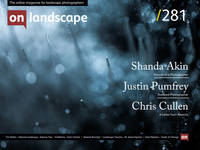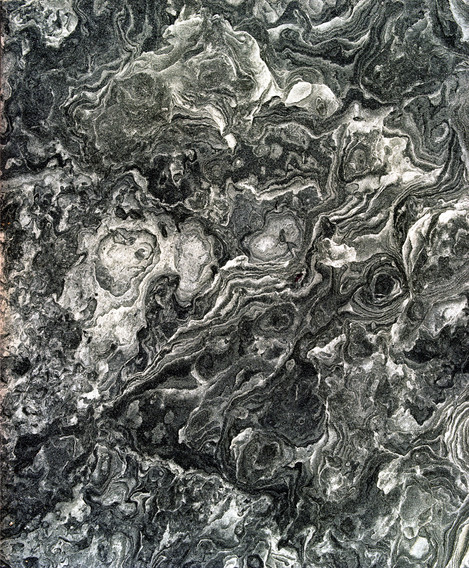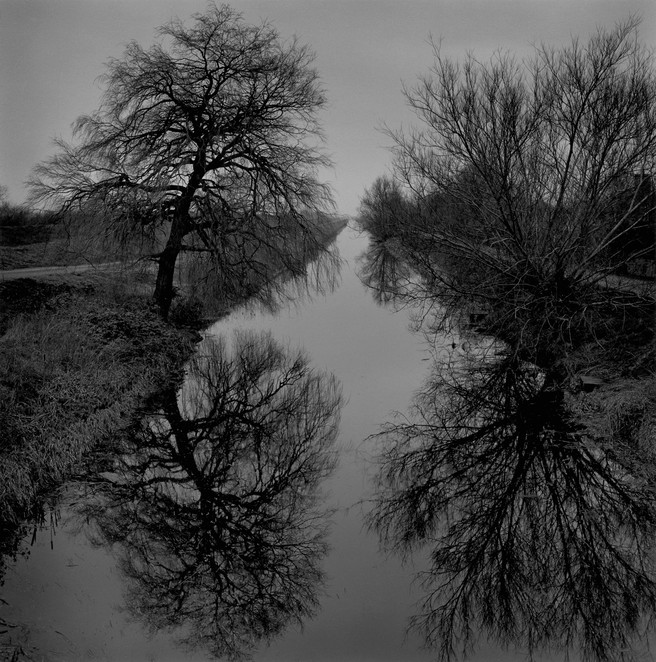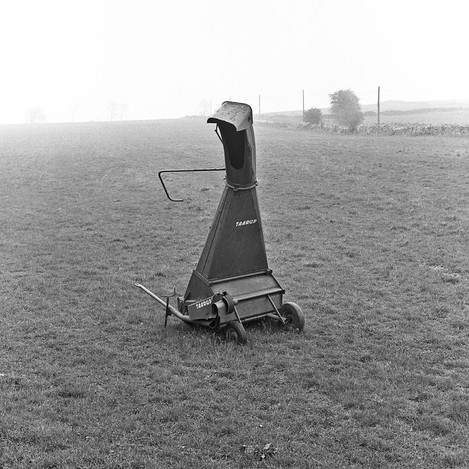Six new exhibitions focused on the innovative photographic approaches to landscape and the environment

Dr James Hyman
Dr James Hyman is the Founding Director of the Centre for British Photography, an art historian and art dealer. He received his PhD from the Courtauld Institute (University of London) and is a leading authority on Twentieth Century British art, especially the painters of the ‘School of London’. The Hyman Collection is the private collection of Claire and James Hyman. It is one of the most significant collections of British Photography in the world.

Charlotte Parkin
Head of Marketing & Sub Editor for On Landscape. Dabble in digital photography, open water swimmer, cooking buff & yogi.
Contrary to a great deal of popular landscape photography, where the landscape is often portrayed as a pristine and wild land, contemporary landscape photography takes an alternate view and rarely portrays the landscape in this way. The subjects of contemporary landscape photography tend to err on the effects of our custodian role in the landscape, often showing how we, the landscape suffers because of this.
Simon Norfolk's work has represented the effects of war, genocide and climate change and the curators of the 'Landscape Trauma' exhibition have used his approach as a keystone to collect together a range of different artists, from John Blakemore, Faye Godwin and John Davies to Paul Hart, Mitra Tabrizian and Paul Seawright. The collection covers a lot of ground thematically and is a fantastic opportunity to see a range of alternative approaches to landscape representation.
Tell us a bit about the project 'Landscape Trauma’ and its underlying premise. The concept seems to encompass all landscapes apart from true wilderness photography.
We wanted to explore the ways that we impact the land, the idea that very few landscapes are untouched by a human presence. As we worked on the show, we started to focus on the landscape as the site of historical events, so the title suggests both the trauma undergone by the landscape but also the sites of traumatic events in human history.
How did you choose the photographers involved?
Our mission is to celebrate diversity both in the range of photographic practice and also in the photographers that we present. Landscape often seems like a particularly male phenomenon, and the countryside, historically, can be seen as a site of privilege tied to aristocratic land ownership, so we were keen to address this legacy by platforming a range of contemporary voices.
“... coinciding with the 25th anniversary of Simon Norfolk’s seminal book, For Most of It I Have No Words (1998).” Was Simon’s work a focal point for the exhibition? Did you consider bringing more of Simon’s work into the exhibition?
Simon’s book is a really important one for me. I’m especially interested in his landscapes in which there appears to be no trace of history at all. If we didn’t read the captions, we wouldn’t know why he had selected the location. So his book was a conceptual starting point for the show rather than its focus in the gallery space.
When you were curating the project, did you have a particular story or narrative that you wanted the viewer to take away?
We divided the show into two aspects, one dealing with history and the other with our contemporary relationship with the land. So, for example, we include a major work by Victor Burgin that addresses the Holocaust but also a very recent work by Mitra Tabrizian that wittily responds to the Covid-19 pandemic.
How did the project evolve? Did you have to refine the vision of what you wanted to achieve?
We made the major decision to hang all three floors on themes around the landscape and the environment and decided to stage six simultaneous shows that would reflect the importance we attach to these issues. We are excited, for example, to also be presenting Mandy Barker’s remarkable installation, Plastic Soup. They are visually spectacular works that look at marine plastics and their effect on nature.
The Centre for British Photography opened earlier this year, can you tell us how the launch and previous exhibitions have been received and let us know about future exhibitions?
The response from visitors and the press has been amazing. I can’t believe how busy we have been. We’ve had over 100 pre-booked group visits, and over 1000 people entered our open call. We’ve certainly demonstrated that there is a huge, enthusiastic audience for a Centre that focuses on British-based photographers. We’re now working on our autumn programme, which will focus on community projects.
Exhibition Details
The Centre for British Photography will focus on innovative photographic approaches to landscape and the environment in its SIX new exhibitions and displays opening this June. From a lightbox composite work of Helen Sear to an immersive exhibition of photographs by Mandy Barker, the Centre will encourage visitors to reconsider the world around them and our impact on the landscape.
The exhibition runs from 8th June - 24th September 2023 at The Centre for British Photography.
Address: Centre for British Photography, 49 Jermyn Street, London, SW1Y 6LX
- Winter Stack, Helen Sear
- Weeping Ash, 2018, John Davies
- The Silence Of Numbers, 2020 21, Mitra Tabrizian With Alan Harris
- Saffron She Her, England, 2022, Copyright Jermaine Francis
- Pomegranate From Study For Lichtung, 1998, Victor Burgin, Chromogratic Print © Victor Burgin
- Mobile Objects Series (Forage Harvester), 1981, Paul Hill
- Old Bedford River (2019) From The Series Reclaimed © Paul Hart
- Quondam One That Once Had, But No Longer, 2001 Copyright Ingrid Pollard
- From The Series Like Gold Dust, 2019, Roshini Kempadoo
- Biville, Sealander, 2006 © Jane And Louise Wilson














